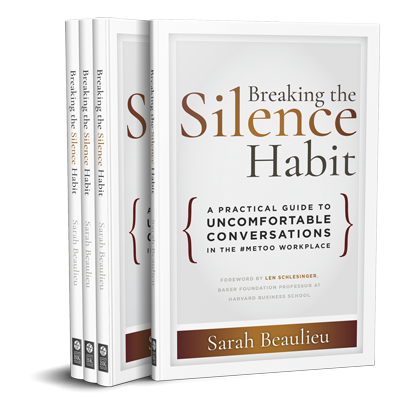Remote work is the new normal–with the aid of telecommunication and virtual meetings, more teams and workplaces are moving online. What does this mean for diversity, equity, and inclusion programs?
Humans have biases, and when these biases go unchecked, they are coded into our digital operating systems. Take a look at the tech industry and their own struggle with DEI - mega-companies like Facebook, Google, and Twitter face the same issues, even though the tech industry has been called "The Great Equalizer." While there is still potential in honing technology for greater access, collaboration, and transparency, we still need to examine human biases and intervene before they run amok. When microaggressions happen in Slack channels instead of in the office, it can become even more difficult to call them out. Though it might be counterintuitive, digital operating systems are not exempt from human biases. In fact, they often inherit them, which means that diversity, equity, and inclusion programming become all the more important, especially in virtual spaces. Communication, honest conversations, recognizing the influence of personal and structural biases, remote leadership, and looking at the hard data of diversity are critical to understand in an evolving age of virtual work and convening.


